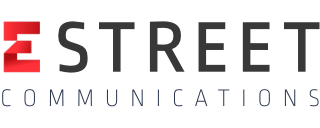Engineering firms deal with a mountain of data daily—designs, client records, technical specs, and more. Keeping all of this organized can feel like a never-ending task. However, with the right strategies, you can minimize errors, stay ahead of deadlines, and ensure everyone has access to the latest, most accurate information. Let’s dive into some practical tips and best practices for document management.
Structuring Your Files for Success
One of the first steps in engineering document management is creating a clear and logical file structure. Without a proper system in place, it’s easy for important documents to get lost or mixed up. Here’s how to create a file structure that works for your team:
Develop a Clear Naming Convention
A consistent naming convention is essential for effective engineering document management. Each document should include enough information in the file name to make it easily identifiable, such as the project name, document type, and version number. For example, “Project_X_Design_Specifications_V1.0” tells you exactly what the file is and where it belongs.
Create a Hierarchical Folder System
When organizing documents, think about how the project breaks down. You may want to have main folders for each project, and inside these, create subfolders for different categories like “Design,” “Specifications,” “Client Documents,” and “Legal Contracts.” This way, documents are grouped together by their purpose, making it easier to find what you need.
Avoid Overcomplicating the Structure
While it’s important to be thorough, don’t make the structure too complex. Keep it simple enough that anyone on your team can navigate it easily, even if they haven’t worked on the project from the beginning. A clear, organized folder structure is crucial for both the current team and future collaborators.
Mastering Version Control
modern engineering projects call for modern engineering solutions. Documents often go through multiple revisions, and it’s crucial to keep track of these changes to avoid confusion or errors. Without a proper version control system, it’s easy for team members to work from outdated documents, causing discrepancies in the final product.
Here are some best practices for managing versions effectively:
Use Version Numbers
As mentioned earlier, using version numbers in your document names (e.g., “V1.0,” “V2.0”) makes it clear which file is the most recent. Each time a document is updated, change the version number and clearly label the changes made. This way, everyone knows which version is the latest and what changes have been incorporated.
Use Document Management Software
Instead of manually tracking versions, use document management software that supports version control. Platforms like Google Drive, Dropbox, or dedicated project management tools like Procore or SharePoint allow you to track and view all versions of a document, ensuring that everyone is on the same page in your engineering document management processes.
Implement Check-in/Check-out Systems
If you’re working with a team, consider using a check-in/check-out system. This ensures that only one person can edit a document at a time, reducing the risk of conflicting versions being created.
Collaborating on Documents: Tools & Strategies
Collaboration is key in engineering projects, where teams of professionals work together to create designs and solutions. However, collaborating on documents can sometimes be tricky, especially when team members are working from different locations or using different tools. Here’s how to streamline collaboration:
Choose the Right Collaboration Tools
Cloud-based tools like Google Docs, Microsoft Office 365, and SharePoint allow multiple team members to access and edit documents simultaneously, no matter where they are. These tools automatically track changes and ensure that everyone is working on the latest version.
Set Permissions and Access Controls
In any collaborative environment, it’s important to control who can access, edit, or delete documents. For sensitive files, set strict permissions to ensure that only authorized users can make changes. This helps protect client information and project integrity.
Establish Clear Communication Protocols
Clear communication is key when it comes to engineering document management. Make sure your team knows who is responsible for which tasks, and establish deadlines for feedback and revisions. Using comments or annotation tools within the document itself can help facilitate discussions and ensure that no feedback gets lost.
Looking for ways to streamline your IT management and enhance data security? E Street Communications offers tailored managed IT solutions designed to help engineering firms stay organized and secure.


